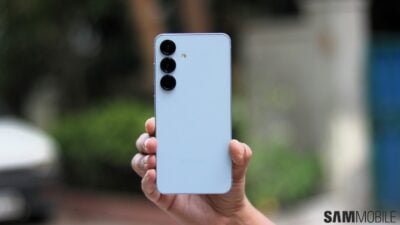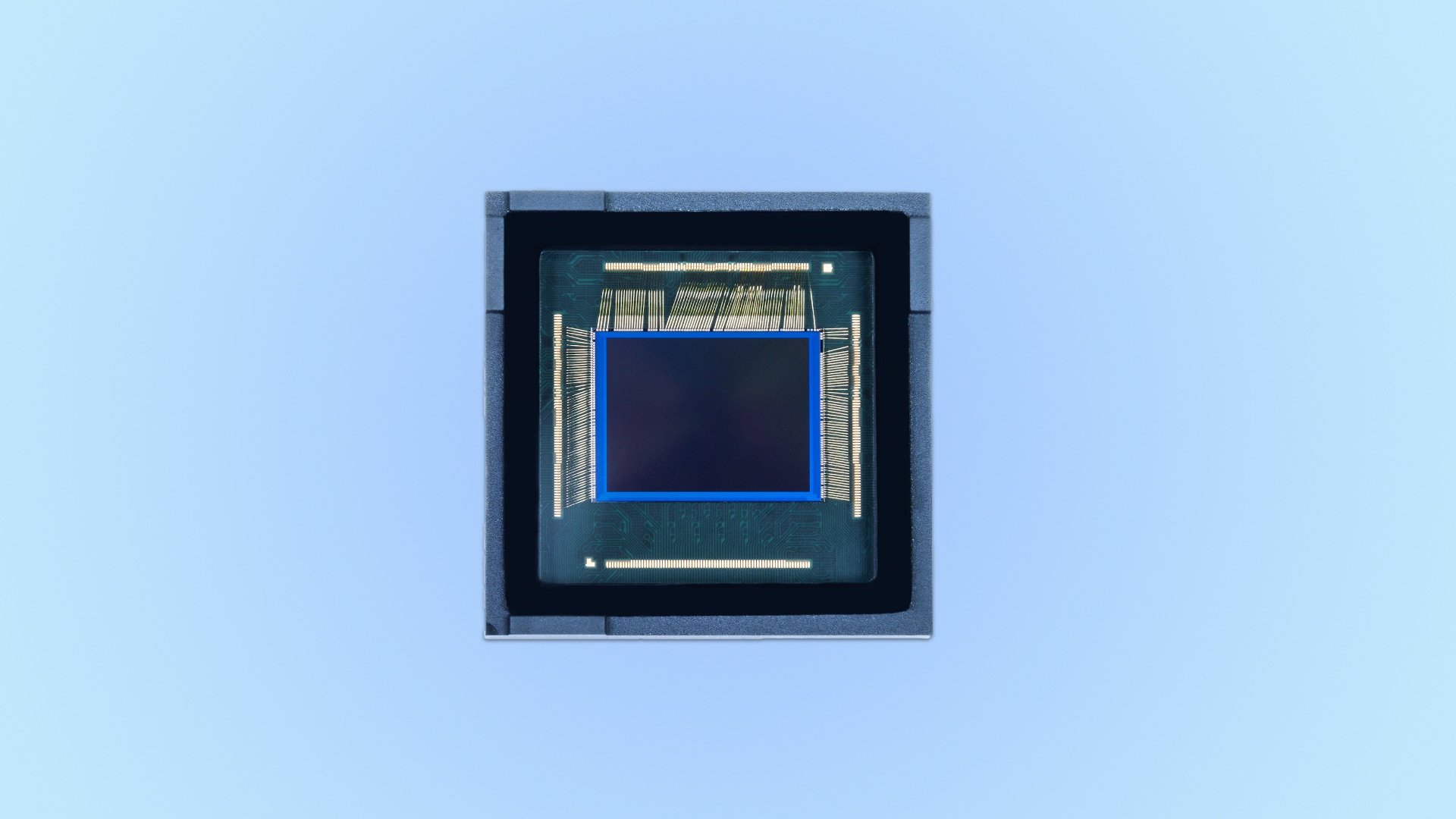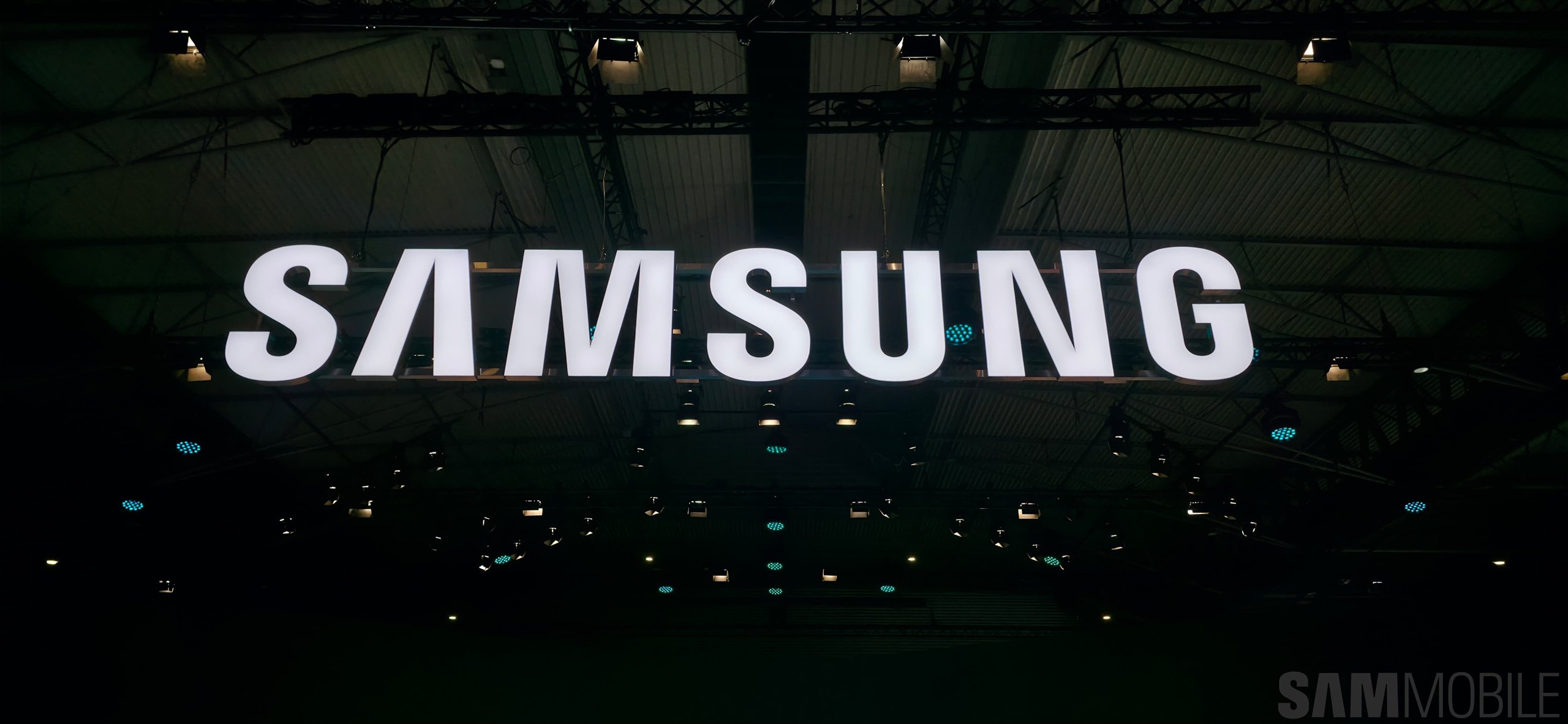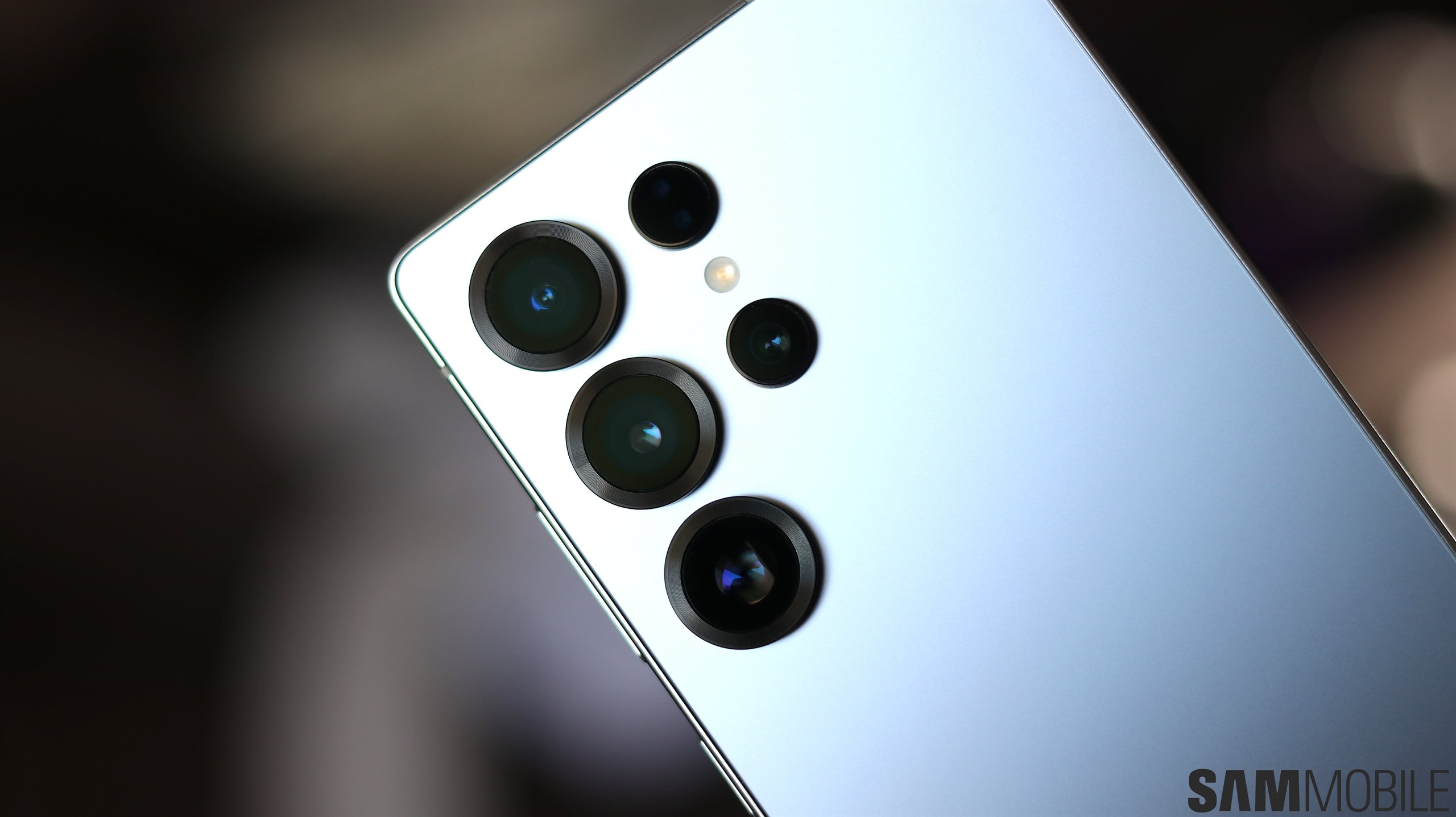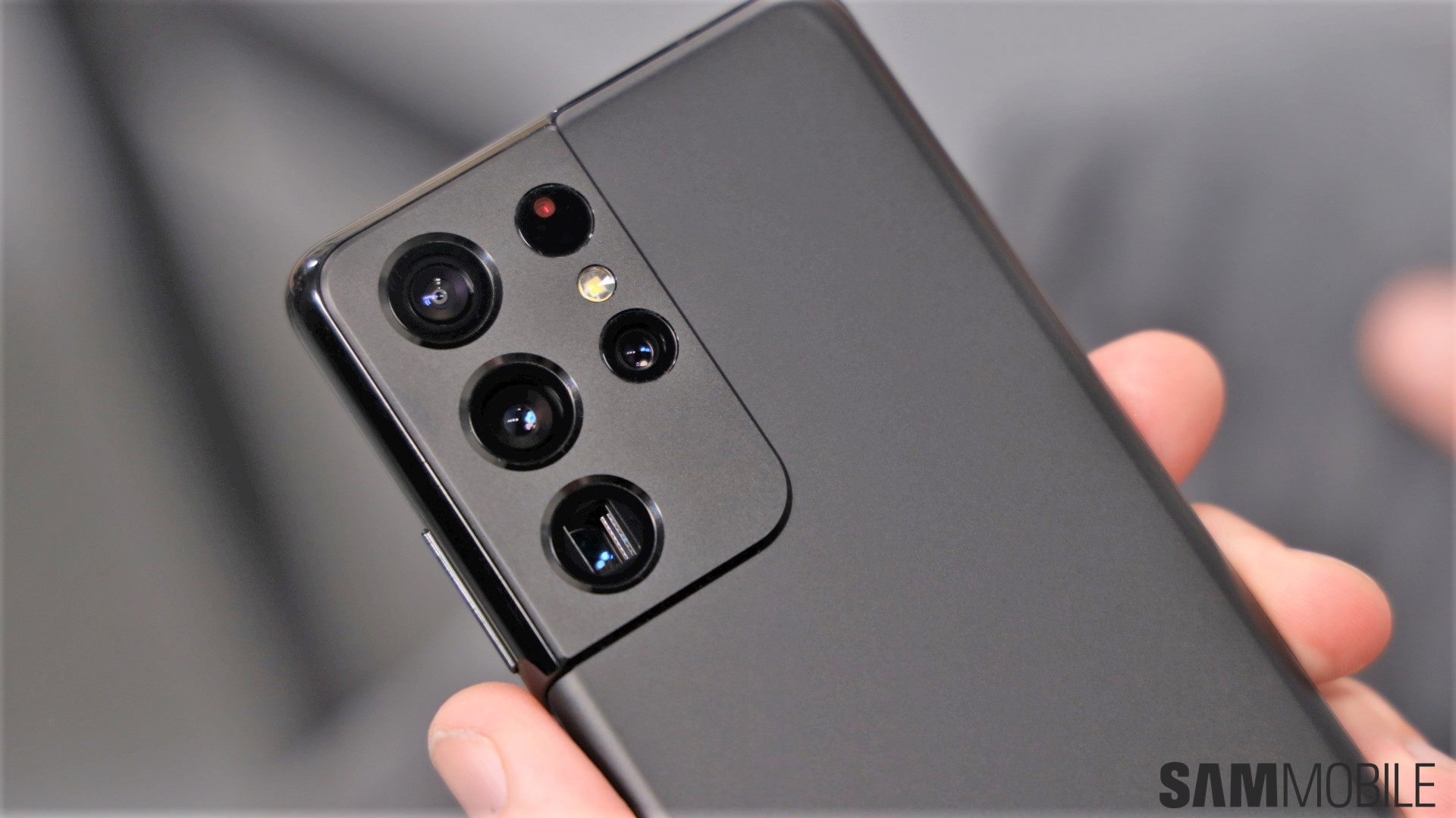
Samsung has also improved the autofocus capabilities and extended the dynamic range. “The ISOCELL HM3 is the culmination of Samsung’s latest sensor technologies that will help deliver premium mobile experiences to today’s smart-device users,” said Duckhyun Chang, executive vice president of Samsung's sensor business.
Samsung's latest flagship features its newest 108MP sensor
Samsung ISOCELL HM3 is a 1/1.33″ sensor with 0.8μm-sized pixels. It touts an improved Super PD Plus feature for faster autofocus. It adds autofocus-optimized micro-lenses over the phase detecting focusing agents. Samsung claims that this increases the measurement accuracy of the agents by 50%. The improved PDAF solution ensures sharper focus on moving subjects and also provides better results in low-light environments.
The company has also improved the low-light performance of its latest sensor. It utilizes Smart ISO Pro which is a high dynamic range technology that uses an intra-scene dual conversion gain solution. What it does is capture a frame in both high and low ISO at the same time and then merge them into a single 12-bit color depth image with significantly reduced noise.
Smart ISO Pro doesn't require multiple exposure shots to create a conventional HDR image. This helps reduce motion-artifacts. Light sensitivity has also been improved by 50% for brighter and clearer images in low-light environments.
The 108MP ISOCELL HM3 sensor uses nine-pixel binning to merge nine neighboring pixels together to mimic a 12MP image sensor with large 2.4μm-pixels. This is of particular use in conditions where the light isn't suitable for clear photography. The underlying binning hardware IP has been improved as well for seamless transitions between 108MP and 12MP resolutions.
Samsung's latest 108MP sensor is currently in mass production. The Galaxy S21 Ultra is the first smartphone to use it. Check out our Galaxy S21 Ultra hands-on to learn more about what this sensor can do.













